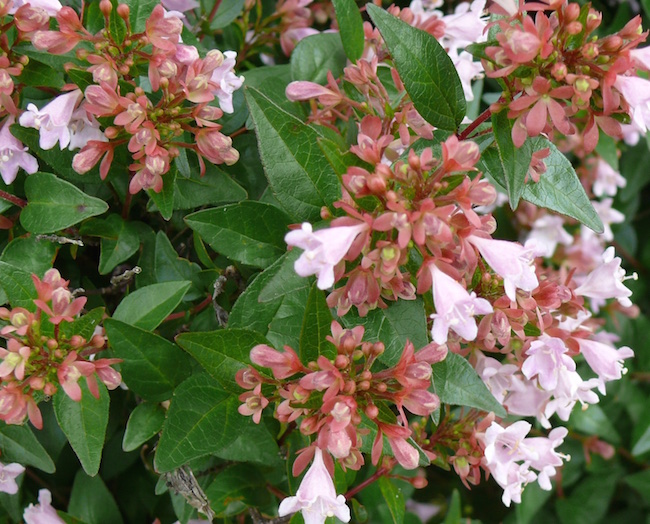Fall is the perfect time to admire blooming shrubs and trees. In many areas of the state, people take great pride in adorning their landscape with spectacular shrubs that exhibit color, shape and texture.
Some people would love to have a better-looking landscape, but are fearful of picking out the proper plants. By making careful selections, you can enhance your landscape and add showstoppers that create curb appeal.
It is essential to first take a good inventory of your existing landscape. Educate yourself on your landscape’s sunlight exposure, slope, drainage and soil type. All of these factors can have a huge effect on what you can successively grow. By nature, some plants prefer shade, while others thrive in full sun. Some plants adapt to either location. Some plants prefer moist environments, while others must have impeccable drainage to survive.
It is also important to pay attention to the mature size of the plants. There is nothing worse than placing a small, 1-gallon container plant in an area where there is no room for expansion, especially if the shrub will ultimately grow to a mature height and spread of 15 to 20 feet.
In general, plants perform best when they are not pruned heavily. If your landscape contains a forest full of trees and produces lots of shade, there are plants available for those areas. One of my favorites is the hydrangea, which is a versatile plant that does well in shaded locations. If you have a lot of room and need a specimen plant, consider the native oakleaf hydrangea. It is not a foundation plant, grows to heights of 10 to 12 feet with an equal spread and has attractive, oak-like foliage and towering, white bloom panicles.
If you want a more compact plant, consider a dwarf version of the oakleaf hydrangea. The available bigleaf and French hydrangeas are ever-blooming and can be maintained in the 4- to 5-foot range. ‘Endless Summer’ and ‘PeeGee’ hydrangeas are two of the more popular cultivars.
Azaleas can also be planted in shaded areas. The new, ever-blooming types, such as ‘Encore,’ provide attractive blooms throughout most of the growing season. Azaleas can be a bit finicky and prefer well-amended and well-drained soils. They do not like to live in wet soils.
Another shrub that is gaining popularity is the hardy abelia. Abelia is a drought-tolerant low-maintenance shrub that has been frequently used in the past. Plant breeders at the University of Georgia have released several cultivars. Michael Dirr developed 'Rose Creek,' a cultivar with an attractive mounding form that blooms mid to late summer, and 'Canyon Creek,' a cultivar with multi-colored foliage. Carol Robacker has released 'Raspberry Profusion,' a cultivar that blooms heavily from May to September with raspberry-colored sepals and wonderful fragrance. The foliage on these varieties is much more spectacular than the older varieties. Depending on the cultivar, abelias come in a variety of sizes. Dwarf abelias are suitable as foundation plants around most homes. The larger size grandiflora and bigger cultivars need to be planted where they can expand to their full size. Abelias prefer full sun, but can also handle light shade. They are durable and resilient and require little care.
Crape myrtles are a bit overused in the landscape, but many new cultivars are worth a second look. A lot of the breeding efforts have focused not only on bloom color, but on tree size. In addition to the old standbys, several of the crape myrtles now have even more spectacular bloom colors. One I particularly like is ‘Dynamite.’ It produces crimson red foliage and cherry red blooms most of the summer. Another variety, called ‘Fantasy,’ has a wonderful, white bloom color and a beautiful bark configuration that is second to none. The bark is striped cinnamon in color and provides spectacular interest even during dormancy. For limited space or to grow a crape myrtle in a container, there are super-dwarf selections. The ‘Dazzle’ series of crape myrtles are available in a multitude of bloom colors and only reach a mature height of 3 to 5 feet. They can actually be used as a crape myrtle ground cover.
There are so many plants to choose from that it sometimes seems daunting. The key is to focus on selecting plants that are ideally suited to the conditions in your landscape. Add a few and create a focal point that makes your landscape the talk of the neighborhood.








